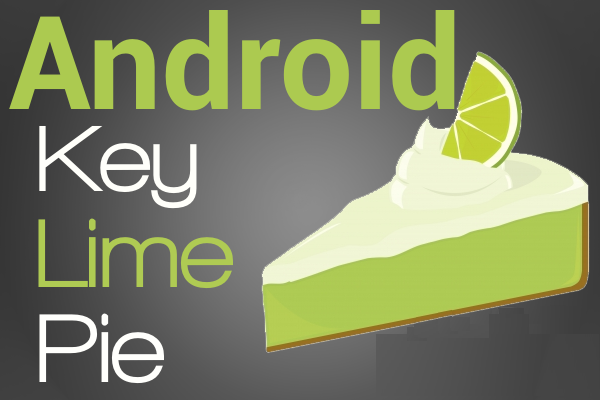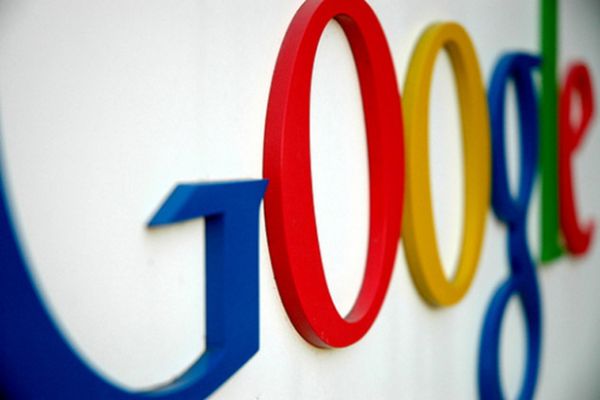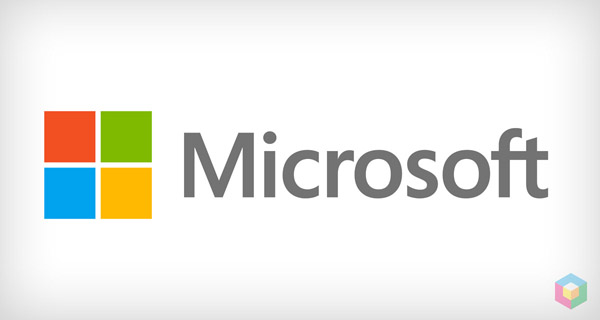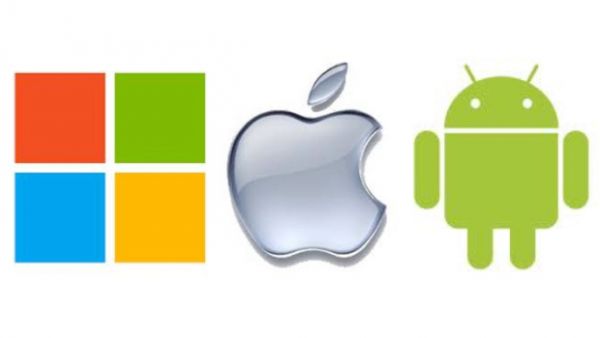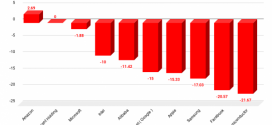Android 5.0, or Key Lime Pie (or whatever it will be called) is expected to arrive at Google I/O, at least in announcement form. But new rumors suggest that it may not actually be released until 2-4 months later. Could this be true? And if so, why?
First off, I want to say that this rumor could be completely false, but there are also very good reasons why Google may want to do this. But before I go into that, let’s take a look at how Google has been releasing Android so far, compared to their competitors, Apple and Microsoft.
OS Launch – the Google Way
So far Google has been announcing Android at one event, then maybe days or weeks later they would release the open source Android OS to the public, to both custom ROM developers and phone manufacturers, and anyone else interested in tinkering with it.
This has been the Google way of doing these launches, and while it puts everyone on the same page with the codebase, it also has one huge disadvantage. The users have to wait even half a year or more before that OS version that got them so excited after the announcement, would be ready for their device. If they have a Nexus device, maybe they will get it “only” a few weeks later. But not everyone is going to get a Nexus device. In fact, most do not.
The other big disadvantage, again, for users, is that the users of iOS and Windows Phone devices got to rub in their faces that their phones get updated within “days”. Although, for some WP7 devices, it’s been taking months to upgrade to some of the latest updates, too, lately.
The thing is, most people do not understand that this happens mainly because of the way Google launches the Android OS compared to Apple and Microsoft. And if Google wants half of the Android devices to be updated in “days”, then it will have to follow Apple and Microsoft’s approach in regards to upgrading the OS.
OS Launch – the Apple Way
Here’s how Apple and Microsoft prepare for the launch of their operating systems. For Apple, it’s very simple, since they only have to prepare the OS for their own devices, so they usually try to launch a new version of the hardware in the same time with the new version of the operating system, and try to match the two release days.
If either the hardware or software is not ready on time, they delay the launch a bit more, until both are ready to go. Nobody actually knows when these delays happen because they only release the launch date when they know they are ready with both the hardware and software.
So when that new iPhone 5 launched, along with iO6, Apple already had iOS6 ready for iPhone 4S and iPhone 4. That’s really why the upgrade only takes “days”. The time for upgrade at that point has nothing to do with how fast Apple can move to optimize iOS6 for iPhone 4S and iPhone 4, because it’s already ready weeks before the launch of iOS6 and iPhone 5.
Something similar happens with Windows Phone, and the desktop Windows, too. By the time Microsoft “launches” Windows Phone or Windows, everything has been tested and ready to go.
But here’s the thing. These public launches are not actually the “real” launches of the new operating systems. The real ones, when the OS is already 99.9% ready feature-wise is when both Apple and Microsoft launch their beta/preview versions.
This happens at least 3 months earlier for Apple. They used to release the beta versions in April or so, when they were preparing to release the new iPhone in June or July. These days, they are releasing it for developers in June at WWDC, months before the fall launch of the new iPhone/iPad. Feature wise, the operating system is already nearly complete at that time.
You rarely see even small features added by the time the new devices get released, because this period is saved for developer feedback, bug fixes, and making sure the new iOS works properly on the old hardware, too. And when the new iPhone is released – BOOM, the software is ready to be upgraded in “days” for the old ones, too.
OS Launch – the Microsoft Way
Microsoft’s delays between the “real” OS launch and the public launch are even longer, and they have to be, because their new OS needs to work on a lot more devices than the handful of Apple ones, so they typically take a full year between the “preview” version of the new Windows, which again, is nearly feature complete a whole year before, to fix all the bugs, and make sure it works properly on all the devices.
Even then, it usually takes another year and a half and another “Service Pack” (or dare I say “Blue edition”, which is how they’ll call it from now on, for marketing reasons) to really make things stable. I remember people saying you should only get the new version of Windows after the first Service Pack, and sometimes you may even need to skip a whole OS version until Microsft gets it right with the new OS across all devices (think Vista -> Windows 7). And this is after decades of learning how to support all sorts of machines and components. Making one OS work just as well across hundreds or thousands of different configurations is not easy.
Android Launch – the Apple/Microsoft Way?
There are some disadvantages in releasing Android the same way Apple and Microsoft do with their own operating systems. For example, you can’t “just release” your operating system, which means someone like Google with their Android OS, could look like they leapfrogged them in terms of features, because Google skips the whole “now let’s make this new OS work on all the old devices” part, and they launch it when it’s ready for them – not for manufacturers, and not for consumers.
When Google launches a new version of Android, it has all the cutting edge features at that time. When Apple or Microsoft do it, those features are already 3 months, or one year respectively, late to market.
But now we have to ask ourselves, which way is the better way? Having an OS launched to get ahead of its competitors, and making us all excited about it, but then, you, as a user, can’t even touch it until months later, when the manufacturers (and unfortunately carriers, too) get around to deploying it?
Or letting Google do all the back-end work, for as much time as they need, and then, when they “publicly” release the new OS version, all users with the latest devices, even those with custom interfaces like TouchWiz, Sense, and so on, can have them upgraded within “days”, too, or weeks at most (probably each carrier’s fault, here).
For us, users, launching Android 5.0 the Apple/Microsoft way is clearly better, and it could be why Google is working with as many manufacturers as possible to release Android 5.0 to as many devices as possible, when they publicly release the new OS.
This would solve a big part of the “fragmentation” issue for developers, too, who have it even worse than users, because they have to wait years before they can use “only” those great new features that were launched in Android 4.0 two years ago. We’ve seen some developers lately start to ditch the pre-4.0 versions of Android, but most of them still have to support 2.2 and 2.3 versions, too.
On iOS, most of the developers could only use the latest version, knowing that it covers the 3 latest iPhone and iPad generations. At most they would have to use one other older version, too, which was released only a year earlier anyway, so it’s not that obsolete.
Conclusion
Google should strive to get at least 30% of the devices upgraded to Android 5.0 within days of launch, by partnering with all major OEM’s for the launch, and giving them early access to the new OS. Then get the new version to 50% in a few more months, and 80%-90% within a year or so, by the time another major version of Android gets released. This would create a much better situation for both users and developers.
If Google really wanted (they probably do not), they could even coerce manufacturers into only releasing stock Android devices when this “public launch” happens, and make them all part of a “Nexus program”, which would basically work the same way Microsoft forces OEM’s to only use “stock Windows Phone” – and surprisingly enough, the OEM’s seem fine with that requirement. This would also speed up the public launch, since Google doesn’t have to wait around for every OEM until they finish adding their flourishes on top of the new version of Android.
Then, after the public launch is done, the OEM’s are free to start adding whatever customizations they want to Android 5.0, and take as much time as they need to add them. That, however, would mean nothing will change for the old devices, and they will still be getting the new versions of Android just as slow as before, but it would, however, encourage manufacturers to be part of the “Nexus program” more, and reduce focus on the customized devices.
 TechDomino
TechDomino
